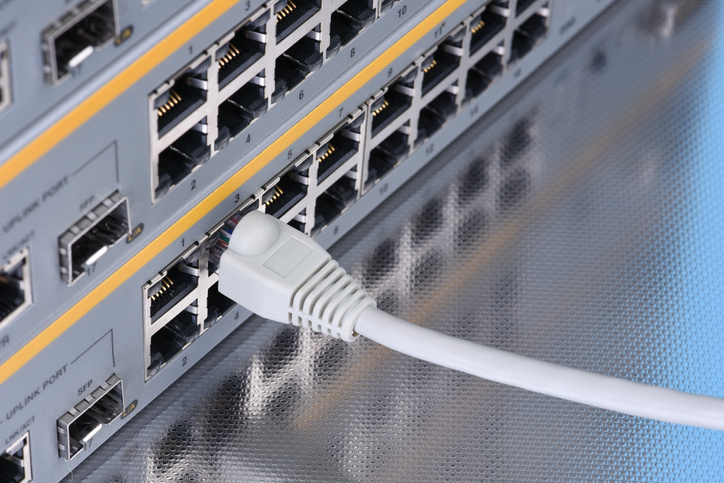While the names might sound similar, Cisco’s ASR and ISR router series were created to address the distinct routing needs of different customers. Learn more about each router series so you can be confident that you’re choosing the right router for your organization.
What Is ASR?

ASR stands for Aggregation Services Router. Routers in this series are used primarily for edge routing. They are ideal for high bandwidth applications, such as streaming audio or video, or video conferencing. The ASR 9000 Series has core routing capabilities as well. The ASR routers can all handle up to 100 G Ethernet.
What Is ISR?
ISR stands for Integrated Service Router. The term “integrated services” describes a type of network architecture used to guarantee network Quality of Service (QoS). ISR series routers have edge networking capabilities and provide reliable, secure branch office connectivity. Additional features include cloud computing, secure networking, multimedia performance, and mobile connectivity.
Who Should Use the ASR Series?
Cisco created the ASR series routers for large enterprises and service providers for network edge routing.
Who Should Use the ISR Series?
Cisco created the ISR series for small- to medium-sized businesses or for connecting branch offices.
What Are the ASR Series Routers?
The ASR series includes:
- ASR 900 Series
- ASR 1000 Series
- ASR 5000 Series
- ASR 9000 Series
Cisco created the ASR 9000 series for communications carriers and service providers. The ASR 1000 and ASR 900 Series were designed for large enterprises. The ASR 1000 is ideal for enterprises seeking network edge performance. And the ASR 900 provides a platform for modular metro aggregation, mobile pre-aggregation, and broadband aggregation.
What Are the ISR Series Routers?
The ISR series includes:
- ISR 800 Series
- ISR 1900 Series
- ISR 2900 Series
- ISR 3900 Series
- ISR 4000 Series
Cisco designed the ISR series routers for less computing-intensive environments. Therefore, they have lower maximum Ethernet speeds. For example, the ISR 4000 supports up to 10 G Ethernet. The ISR series routers were all created for industry-leading network, compute, and WAN services.
ASR and ISR Series Similarities
The ASR and ISR series both offer secure WAN connectivity. They are also both approved to secure sensitive data using the PSN Interim IPsec Profile. The ASR 9000 series provides cloud access like all the ISR series; however, none of the other ASR series grant cloud access.
ASR and ISR Series Differences
As mentioned, the ASR series routers are for enterprises and service providers, whereas ISR series are for small- or medium-sized networks. Since the ISR series are for less computing-intensive environments, they have a much smaller footprint than the ASR series.
Because the ASR series are for large-scale applications and large enterprises, they have more features and higher performance levels. For example, ASR routers can handle faster Ethernet, up to 100 G versus the 10 G capabilities of the ISR series.
The ASR series also has a higher port density. Additionally, the ASR 9000 Series is the only router in either series that has core routing capabilities.
Choosing the Best Router for Your Organization
Despite the similar acronyms that make up the names, these router series are very different and are made for different organizations. If your business is a small- to medium-sized, the ISR router series is the better choice. For large enterprise networks and edge routing or high bandwidth capabilities, the ASR series is the right selection. If you still aren’t confident in choosing the right Cisco router series for your organization, contact us and a member of our expert staff will be happy to help!
Get A Quote On Wireless Hardware